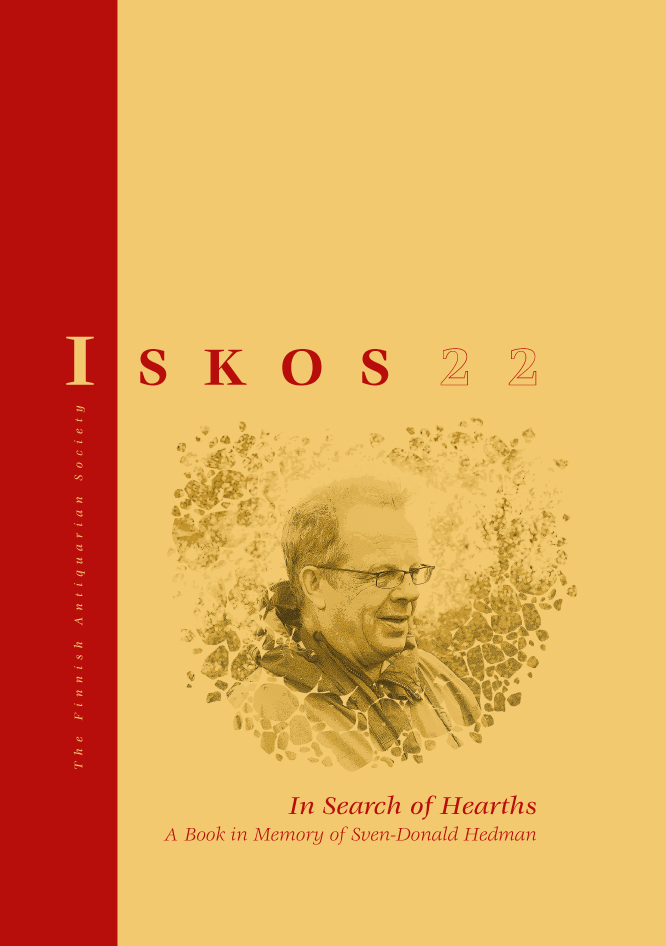Brodtkorbneset and Steintjørna: Two Hearth-Row Sites in Pasvik, Arctic Norway
Abstract
During the Viking Age and the early medieval period, hearth-row sites became a distinct feature of Sámi settlements over the vast interior region of Northern Fennoscandia. Consisting of large, rectangular hearths organized in a linear pattern, these sites represent a new way of organizing domestic space and also reflect new environmental preferences. In this paper, the author gives an overview of the investigations conducted at two hearth-row sites, Steintjørna and Brodtkorbneset, in Pasvik, Arctic Norway. Based on the excavated material, the author discusses changes in settlement pattern, reindeer economies, and the organization of domestic space. He also discusses the role that the hearths themselves may have played in negotiating internal social dynamics and in inter-ethnic contacts of the Late Viking Age and the early medieval period.




